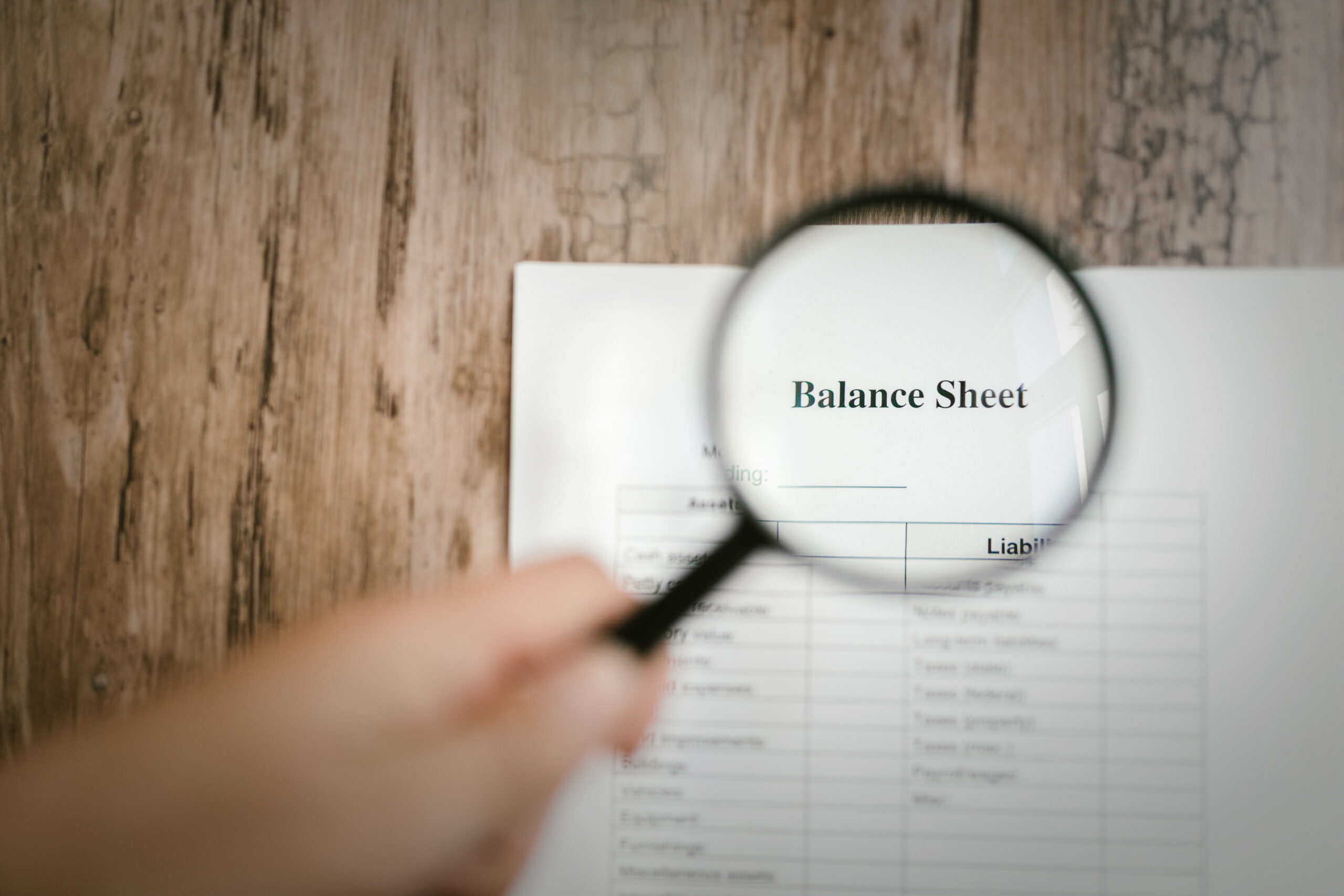The Long Awaited Accounting Leasing Standard is Here: Are You Ready?

After nearly six years, the Financial Accounting Standards Board (FASB) has finally implemented the new accounting lease standard for non-public entities for fiscal years beginning after December 15, 2021. This new standard, which has faced several postponements since its inception, affects accounting requirements for leases of 12-months or longer, effectively bringing Generally Accepted Accounting Principles (GAAP) more in line with international standards. To this end, all companies must now record a right-of-use asset (ROU) and related lease liability on their balance sheet, as well as a single lease expense for both the amortization of the asset and interest expense for operating leases.
While it may appear the standard change is a simple update to the rules of accounting, these new requirements present some challenges for non-public companies adopting the standard.
It’s vital that companies have a comprehensive record of all of their leases. The very broad definition of a lease is essentially a contract that conveys the right to control the use of identified property, plant, or equipment for a period of time, in exchange for consideration. There may very well be leases buried in other agreements. In which case, a closer review of current and future contracts would be required.
If previous lease accounting has already been applied to existing contracts, there is a practical expedient detailed in ASC Topic 842 that provides respite to companies from having to reevaluate existing contracts as of the transition date. After implementing the standard, companies should review new contracts to consider the impact that the new leasing standard will have on GAAP financial reporting.
For companies with a large number of leases, simply keeping track of all the agreements and the related terms, payment schedules, and other pertinent information can be a challenge. Unfortunately, that’s only the first step. Companies will then need to evaluate the information under the guidance of the new lease standard and implement the results into financial reporting models. For some, the exercise may be as simple as utilizing amortization schedules for the new ROU’s, similar to tracking property, plants and equipment. While others may need to consult with their external CPA firm or consider exploring software solutions to implement and properly account for the ongoing accounting under the new standard.
In most cases, the ROU and lease liability are calculated as the present value of all future lease payments. The present value is determined by discounting these payments by the lease’s stated discount rate. However, this becomes a challenge, as many operating leases do not contain a specified rate.
There are a few options available to non-public companies that could potentially alleviate some of the burden of determining a rate, such as:
The best way to ensure that the application of these new standards goes smoothly is to plan. Here is what can be done to help understand the magnitude of the impact of current leases and help prepare for future agreements entered into under the new standard:
As with most things, the key to a smooth transition is proactive communication with your advisor to limit surprises and staying up to date on guidance from the Financial Accounting Standards Board. Continue to visit Ellin & Tucker’s Insights page for the latest information and advice, as we will be providing the most pertinent details as they become available.
As we approach 80 years, Ellin & Tucker remains firmly in the room, driven by a legacy of excellence in teamwork, leadership, and service. Our strength has always been in our people, and together, we’ll continue to stand with the next generation of difference-makers and leaders, ready to shape the future.